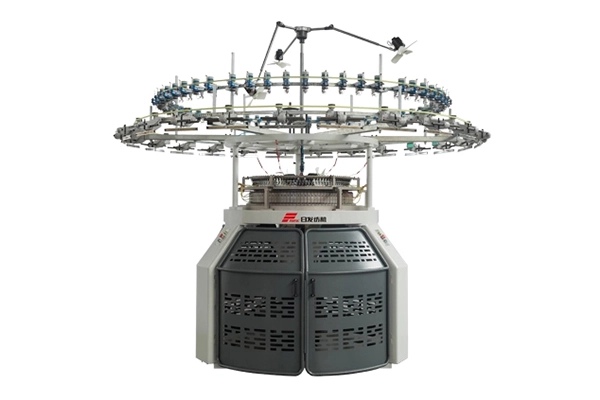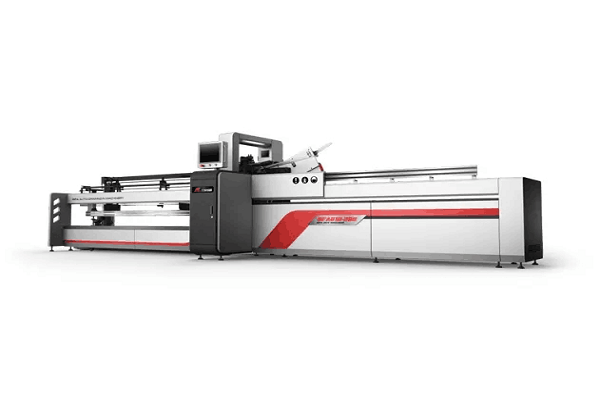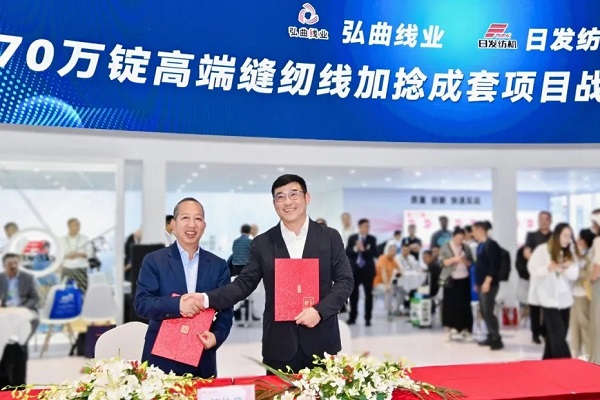En
With the continuous development of technology, automation technology is playing an increasingly important role in the textile industry. As an important member of textile machinery, the speed of the rapier loom is directly related to the improvement of production efficiency. Today, we will discuss the role of automation in increasing the rapier loom speed.
Traditional Rapier Loom requires many operations to be completed manually during their operation, which not only increases labor intensity but also limits the rapier loom speed. The introduction of automation technology, through intelligent control systems and precise sensors, has achieved real-time monitoring and automatic adjustment of various parameters of the loom, thereby greatly improving the operating efficiency and stability of the loom.
For example, through the automated control system, the rapier loom speed and tension of the weft can be accurately controlled, ensuring the stability and uniformity of the weft during the weaving process. At the same time, the automated control system can also automatically adjust various parameters of the loom according to different fabric requirements, achieving quick product changes.
With the support of automation technology, rapier looms are equipped with various intelligent monitoring devices, which can collect the operation data of the loom in real time and monitor and evaluate the operation status of the loom in real time through data analysis software.
Once the loom fails or has an abnormal situation, the intelligent monitoring equipment will immediately issue an alarm and perform emergency processing through the automatic control system to avoid the expansion of the fault. This real-time and accurate monitoring method not only improves the reliability of the loom, but also ensures the efficient operation of the loom.
The application of automation technology not only improves the rapier loom speed, but also achieves energy saving and consumption reduction of the loom. The energy consumption of the high speed rapier loom is precisely controlled through the intelligent control system to avoid energy waste.
At the same time, the automatic control system can also automatically adjust the energy supply mode according to the actual operation of the loom to achieve rational use of energy. This efficient and energy-saving operation mode not only reduces production costs, but also meets the requirements of green development of the modern textile industry.
With the continuous development and improvement of automation technology, the future rapier looms will be more intelligent and efficient. We can foresee that the future rapier looms will be able to achieve more precise control, faster production change, and more energy-saving operation.
At the same time, with the integration of technologies such as the Internet of Things and big data, the future rapier machine will be able to achieve seamless connection with the entire production line and realize the full automation and intelligence of the production process. This will bring broader prospects and a better future for the development of the textile industry.


